Navigating the world of home insurance policies can feel overwhelming, especially with the unique challenges Texas homeowners face. From unpredictable weather patterns to understanding the finer details of coverage options, it’s crucial to have the right policy that truly protects what matters most—your home.
At Deerfield Advisors, we know that your home isn’t just a place; it’s your biggest investment, and we’re here to help you make sure it’s fully protected. In this guide, we’ll walk you through the essentials of Texas home insurance, answer your most pressing questions, and help you understand the key coverage options you need to feel secure.
Understanding Home Insurance Policies in Texas
A home insurance policy is a contract between a homeowner and an insurance company. It offers financial protection against losses or damages to your home and belongings. The policy covers various risks, like natural disasters, theft, or accidents. These events could lead to high out-of-pocket costs.
The state faces many weather risks, such as hurricanes, floods, tornadoes, and hailstorms. Natural disasters can cause a lot of damage.
Let’s talk about how flooding took our clients John and Maria by surprise.
John and Maria recently moved to Houston, excited about their new home. They thought their standard home insurance policy would protect them from any damage, but after a heavy rainfall, their home experienced unexpected flooding. To their surprise, they discovered that flood damage wasn’t covered by their regular insurance policy.
The lesson here is to make sure you are asking as many questions as you can about your insurance policy.
Key Components of Home Insurance Policies in Texas
Dwelling Coverage
This covers the structure of your home, including walls, roof, and foundation, against damage caused by covered perils like fire, windstorms, or hail. If your home needs repairs or rebuilding due to these risks, dwelling coverage ensures you’re financially protected.
Personal Property Coverage
This part of the policy protects your personal belongings, such as furniture, electronics, clothing, and appliances. If your items are damaged, stolen, or destroyed by a covered peril, personal property coverage helps replace them.
Liability Protection
Liability coverage protects you if someone is injured on your property or if you accidentally cause damage to someone else’s property. It helps cover legal fees, medical expenses, and any settlements if you’re found responsible.
Additional Living Expenses (ALE)
If your home becomes uninhabitable due to a covered event (such as fire or severe storm damage), ALE coverage helps pay for temporary living costs, such as hotel stays or rental accommodations, while your home is being repaired.
Need help finding the right home insurance policy for your Texas home?
Contact Deerfield Advisors today for personalized guidance and expert advice. Make sure you’re fully protected.
Common Risks Texas Homeowners Face and Why Coverage Options Are More Critical
Texas homeowners face a variety of natural risks that can cause significant damage to their properties, making it crucial to have the right insurance coverage in place.
Hurricanes
Coastal areas in Texas are particularly vulnerable to hurricanes, which bring heavy rains, strong winds, and storm surges. These events can cause extensive damage to roofs, walls, windows, and even the foundations of homes.
Floods
Flooding is a frequent concern, especially during hurricane season and in regions prone to heavy rainfall. Since standard home insurance policies do not cover flood damage, purchasing a separate flood insurance policy is essential for many Texas homeowners.
Hailstorms
Texas ranks high for hailstorm activity, with severe hail causing damage to roofs, windows, siding, and outdoor property. Repairing this type of damage can be costly, making it important to have windstorm and hail coverage in your policy.
Wildfires
Hot, dry conditions can lead to wildfires, especially in the western and central parts of Texas. Wildfires can quickly destroy homes and belongings, leading to catastrophic losses.
Here is a great example of how an unexpected hailstorm caused our client Sarah to pay out of pocket even though she had insurance.
Sarah, a homeowner in Dallas, thought her standard home insurance policy would cover everything. But when a severe hailstorm hit her neighborhood, she discovered that her policy didn’t include sufficient coverage for roof damage. The repair costs were much higher than she anticipated, and she had to pay a large portion out of pocket.
How to Choose the Right Home Insurance Policy in Texas
Selecting the right home insurance policy is essential for protecting your home and belongings, especially given the unique risks faced by Texas homeowners. Here are some tips to help you compare policies and make an informed decision:
1. Compare Policies and Coverage Options
- Understand the Coverage Types: Ensure that the policy offers adequate protection for your dwelling, personal property, liability, and additional living expenses. Look for policies that cover common Texas risks, such as windstorms, hail, floods, and hurricanes.
- Assess Additional Coverage Needs: Determine if you need extra coverage for high-value items, such as jewelry, electronics, or collectibles, as well as additional protections like flood or windstorm insurance that may not be included in standard policies.
2. Evaluate Coverage Limits
- Dwelling Coverage Limit: Make sure the dwelling coverage limit is sufficient to rebuild your home in the event of total destruction. This amount should reflect the current cost of construction, not just the home’s market value.
- Personal Property Limit: Review the personal property coverage limit to ensure it adequately covers the total value of your belongings. Consider an inventory of your possessions to determine if the limit is sufficient.
3. Understand Deductibles
- Standard Deductibles: The deductible is the amount you pay out of pocket before your insurance kicks in. Choose a deductible that fits your budget; a higher deductible usually results in lower premiums but means you’ll pay more upfront in a claim.
- Separate Deductibles for Specific Perils: In Texas, some policies have separate deductibles for wind, hail, or hurricane damage. Make sure you’re aware of these amounts, as they can be higher than the standard deductible.
4. Check for Endorsements and Riders
- Endorsements for Extra Protection: Endorsements or riders provide additional coverage for specific items or risks not included in your standard policy. For example, if you own expensive jewelry or art, you might need an endorsement to fully protect these valuables.
- Consider a Replacement Cost Endorsement: Adding a replacement cost endorsement ensures you’ll receive the full cost to replace damaged items, without accounting for depreciation, offering greater financial protection.
5. Compare Premiums and Discounts
- Shop Around: Get quotes from multiple insurance providers to compare premiums, coverage options, and customer service. Look for companies that have experience with Texas-specific risks and offer comprehensive coverage.
- Ask About Discounts: Many insurers offer discounts for bundling home and auto insurance, installing security systems, being claim-free, or having protective devices like smoke detectors and burglar alarms.
By carefully evaluating these factors—coverage options, limits, deductibles, endorsements, premiums, and discounts—you can choose a home insurance policy that provides the right protection for your needs as a Texas homeowner.
Texas-Specific Regulations and Requirements
When choosing a home insurance policy in Texas, it’s important to be aware of the unique regulations and requirements that apply to homeowners in the state.
1. Hurricane and Windstorm Deductibles
- Many home insurance policies in Texas have separate deductibles for hurricane or windstorm damage, especially if you live in coastal areas prone to hurricanes. These deductibles are typically calculated as a percentage of your home’s insured value, rather than a fixed dollar amount, which means they can be significantly higher than standard deductibles.
2. Flood Insurance Is Not Included
- Standard home insurance policies in Texas do not cover flood damage. Homeowners who live in flood-prone areas should consider purchasing a separate flood insurance policy through the National Flood Insurance Program (NFIP) or a private insurer to protect their homes from flood-related losses.
3. Texas FAIR Plan
- If you’re unable to obtain home insurance due to a high-risk location or past claims history, you may be eligible for coverage through the Texas Fair Access to Insurance Requirements (FAIR) Plan. This state-mandated program provides basic insurance coverage for homeowners who cannot find it through traditional means.
4. State-Specific Coverage Requirements
- While there are no legal requirements for homeowners to carry insurance in Texas, mortgage lenders typically require home insurance as part of their loan agreements. This means that, even though it’s not mandated by law, homeowners with a mortgage are effectively required to have coverage.
5. Consumer Protections and Rights
- The Texas Department of Insurance (TDI) oversees and regulates the insurance industry in the state, ensuring that providers comply with Texas laws and regulations. Homeowners can rely on the TDI for resources and assistance with understanding their policies, filing complaints, or learning about their rights and protections.
How to Save on Home Insurance in Texas
Home insurance is a significant investment, but there are practical ways to reduce your premiums while still maintaining comprehensive coverage. Here are some tips to help Texas homeowners save on their home insurance:
1. Bundle Your Policies
- One of the easiest ways to save is by bundling your home insurance with other policies, such as auto or life insurance, from the same provider. Many insurance companies offer multi-policy discounts that can lower your overall premium by up to 20% or more.
2. Install Security and Safety Systems
- Installing security systems like burglar alarms, surveillance cameras, and smoke detectors can help you qualify for discounts, as they reduce the risk of damage or theft. Some insurers offer discounts of up to 10% for having these protective devices in place.
- Consider adding smart home devices, such as water leak detectors or smart locks, which may also help lower your premium.
3. Increase Your Deductible
- Choosing a higher deductible can significantly reduce your premium. While this means you’ll pay more out of pocket in the event of a claim, it’s a good way to save if you’re comfortable with taking on a bit more risk.
- Evaluate your finances to find a deductible amount that strikes the right balance between saving on premiums and covering potential claims.
4. Maintain a Good Credit Score
- Insurance companies often consider your credit score when determining premiums. Maintaining a good credit score can help you qualify for lower rates, as it indicates financial responsibility and a lower likelihood of filing claims.
5. Ask About Discounts
- Multi-Policy Discount: As mentioned, bundling multiple policies with the same insurer can lead to substantial savings.
- Loyalty Discount: If you’ve been with your insurance provider for several years, ask about loyalty discounts, as some companies reward long-term customers with reduced rates.
- Claim-Free Discount: If you’ve been claim-free for a certain period, you may be eligible for a discount, as this indicates a lower risk to insurers.
- New Home Discount: Some insurers offer discounts for newly constructed homes, as they’re less likely to experience issues like plumbing or electrical problems.
- Retiree Discount: If you’re retired, you might be eligible for discounts since retirees are often at home more often, reducing the risk of theft or damage.
6. Shop Around and Compare Quotes
- Don’t settle for the first quote you receive. Shop around and compare quotes from multiple insurance providers to find the best rates and coverage options. Different insurers offer different discounts, so taking the time to research can result in significant savings.
7. Review Your Policy Annually
- As your home and circumstances change, so do your insurance needs. Regularly review your policy to make sure you’re not paying for unnecessary coverage. Adjusting your policy can help you avoid overpaying and ensure you have the right protection.
Now I want to tell you a story about how The Martinez family saved money on their home insurance.
The Martinez family—Carlos, Maria, and their two kids—recently bought their dream home in Austin, Texas. As first-time homeowners, they were excited but also worried about the costs of maintaining their home. When they first shopped for home insurance, they were overwhelmed by the variety of options and didn’t want to overspend on their policy.
They decided to reach out to Deerfield Advisors for guidance, and that’s when things started to change. Together, we reviewed their current policy and identified a few simple ways to help them save:
- Bundling Policies: The Martinez family already had car insurance, so we suggested bundling it with their home insurance. This simple step earned them a multi-policy discount, which instantly saved them 15% on their annual premium.
- Increasing Their Deductible: After discussing their budget and savings, Carlos and Maria felt comfortable increasing their deductible from $500 to $1,000.
- Installing a Security System: The family had been considering installing a security system, and when they learned it could reduce their insurance costs, they decided to go for it.
- Updating Their Home’s Safety Features: We noticed their home didn’t have any smoke detectors in a few key areas, so we recommended installing them.
Ready to take the next step in securing your home? Whether you have questions about your current coverage or want to explore better options, book a call today. Let’s work together to create a personalized policy that offers the protection you deserve, tailored specifically for Texas homeowners.









